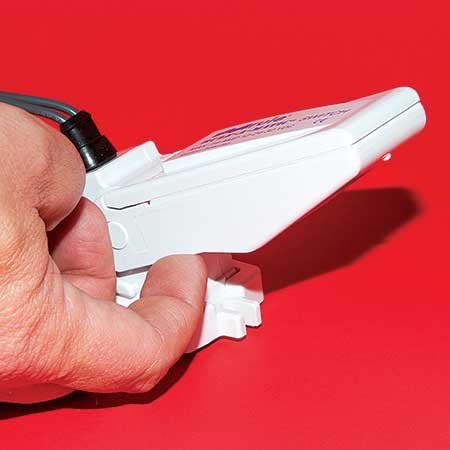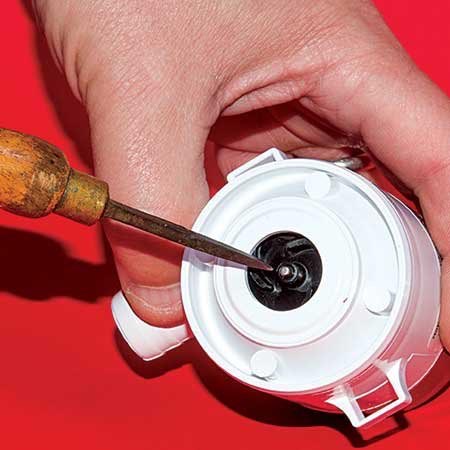Marine Plumbing
Repairs, Installation, Design and modification of all types of marine plumbing, water Pressure System Pumps, Bilge Pumps, Sumps and Accumulator tanks. AC & DC pumps of most makes and models. Including Jabsco products for which we are dealers.
Bilge Pump Troubleshooting and Repair
Bilge pumps are the unloved cousins of boats. No one gives them much thought until they fail to operate, and then you could be, literally, sunk! There are only a few things that can go wrong with an electric bilge pump, as there are limited components. This flow chart will help you check each component, find the problem, fix it, and get on your way again as swiftly as possible.
When working with electrical equipment, disconnect it from the battery. An exposed pump impeller could trap an unwary finger if the pump suddenly starts. Most pumps have an automatic float switch that detects when water is in the bilge, and automatically turns on the pump. There should also be a switch at the helm to override the automatic float switch, enabling you to turn on the pump manually. (There are other types of pumps not covered here that may present different issues, but this example should cover most contingencies.)
Small amounts of water in the bilge are normal, so don’t sweat it if you see a little puddle in the bilge. But any more than an inch or two could be a problem. Get to know your boat and find out what’s normal; a rising water level should be investigated without delay.
1.Try the manual switch at the helm. If the pump runs, then the problem is most likely with the float switch.
2. Check the float switch for debris in the bilge preventing it from operating. If you find any, clear the dirt away, turn helm switch back to automatic, and lift float switch to check operation.

Float Switch
3. Check that the battery switch is in the “on” position if pump doesn’t operate with the helm switch in either manual or auto modes. With the battery turned on, check to see if any of the other electrical equipment
operates. If not, then the battery may require charging.
4. If the battery switch is on and other equipment operates, the fuse may have blown. Replace with a new fuse of the correct rating after checking for cause. Bilge pumps are often connected directly to the battery. Check battery connections and correct if loose or corroded.
5. Check all visible cables for signs of corrosion or breaks. If wiring looks good but pump still won’t run in automatic with float switch elevated, the switch may need replacement. Wire nuts like these have no place on
board. Use crimped connections.
6. If there’s a burnt smell in the vicinity of the pump or it’s hot to the touch, then this could indicate an internal short or an overload caused by a jam. Disconnect pump from battery and replace.

Impeller

Screen
7. With power off and the pump withdrawn from its mounting bracket, try to turn the impeller by hand. It should rotate freely with a finger. If impeller can’t be turned and there’s nothing visible jamming the impeller, then pump is most likely in need of replacement.
8. While the pump is removed from the bracket, clear the screen of any dirt, hair, or debris that prevents water from reaching the impeller.
9. OUTLET HOSE If the pump runs but very little water comes out, this may be caused by low battery voltage. Another cause could be a kinked or partially disconnected, or blocked discharge hose. Check hose and reroute, reconnect or replace as required.
TNT Yacht Repair can assist in the repair, replacement and new installation of your bilge pumps.
(This information is from an article in Cruising World magazine)
Contact us NOW if you have need of our sales or repair services. Call 281-732-5936 or email us. We accept ALL Major Credit Cards and offer 24/7 Emergency After Hours service for an additional charge.

